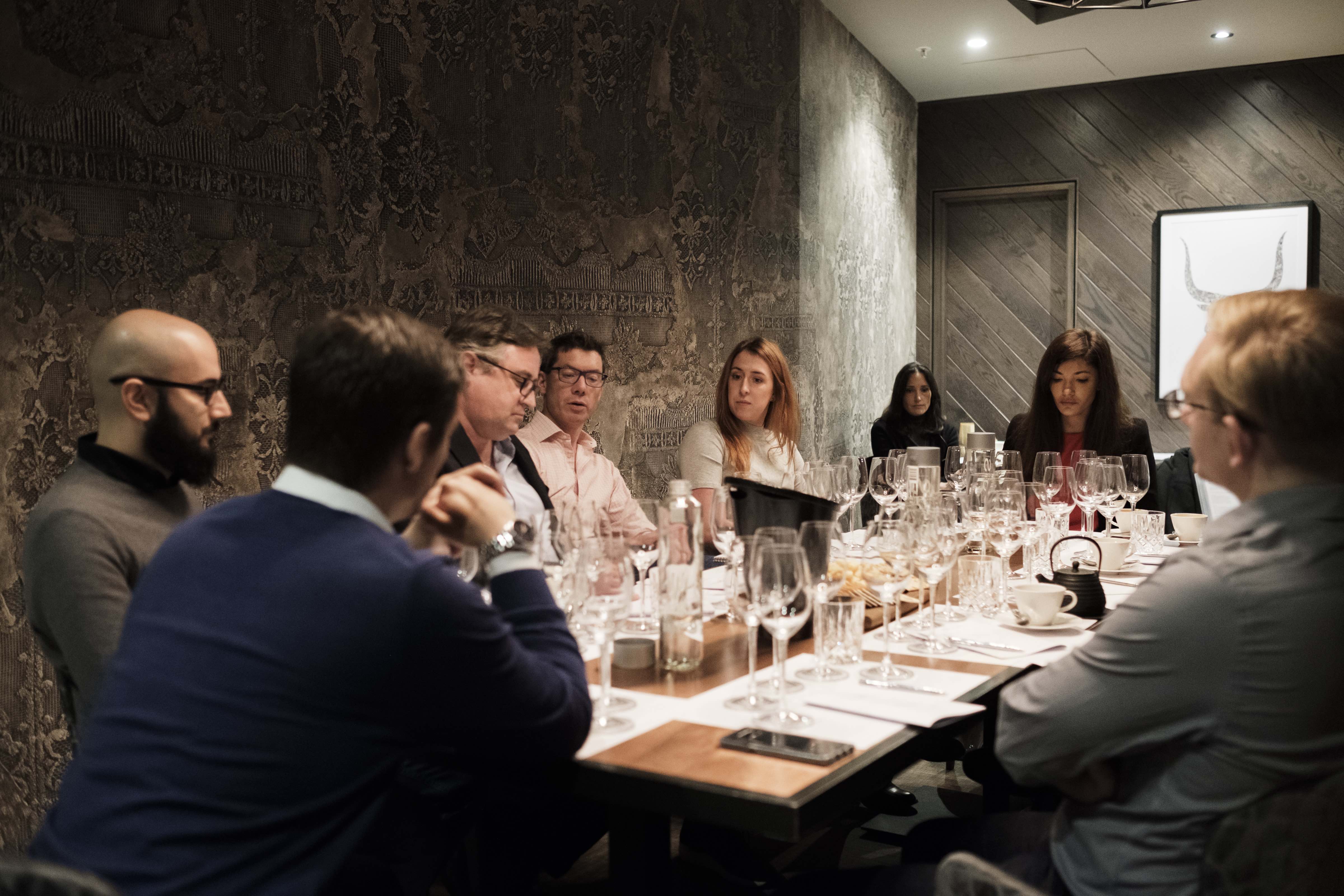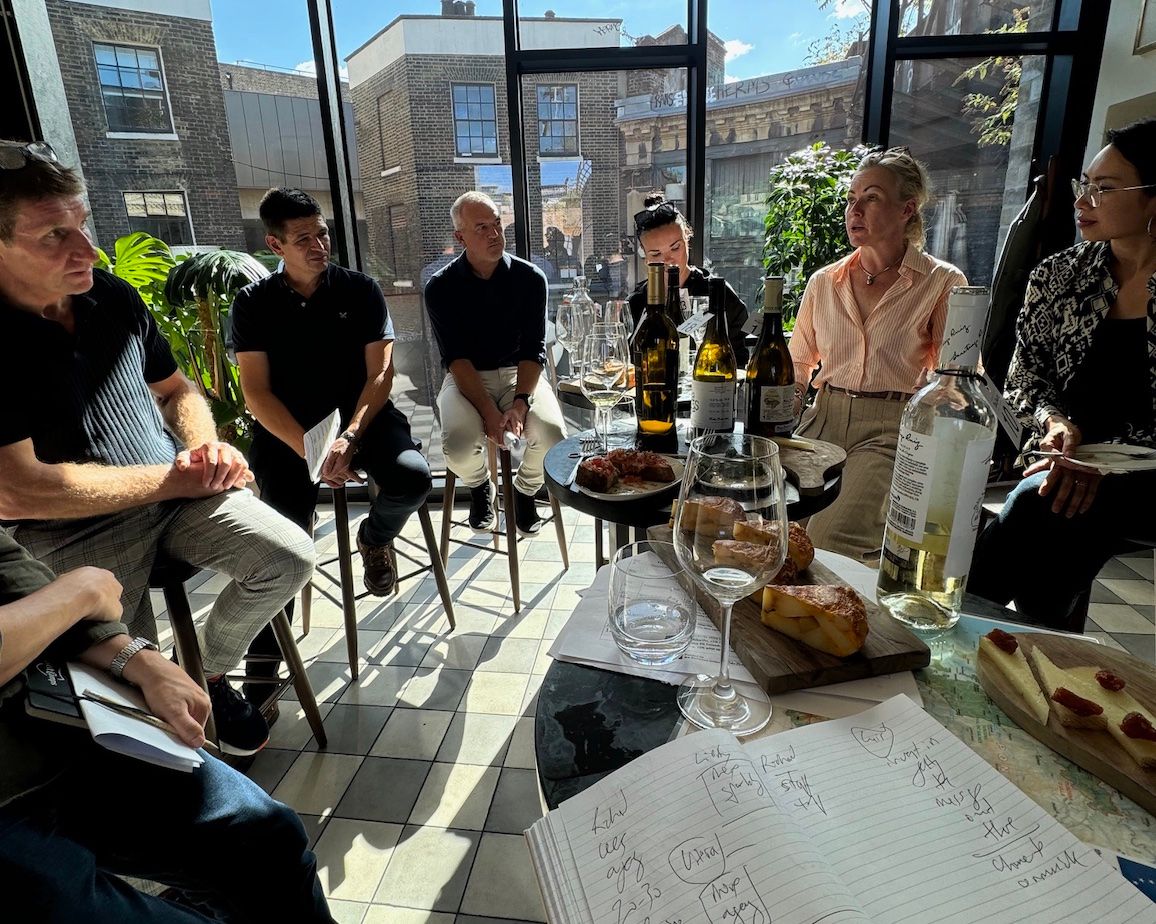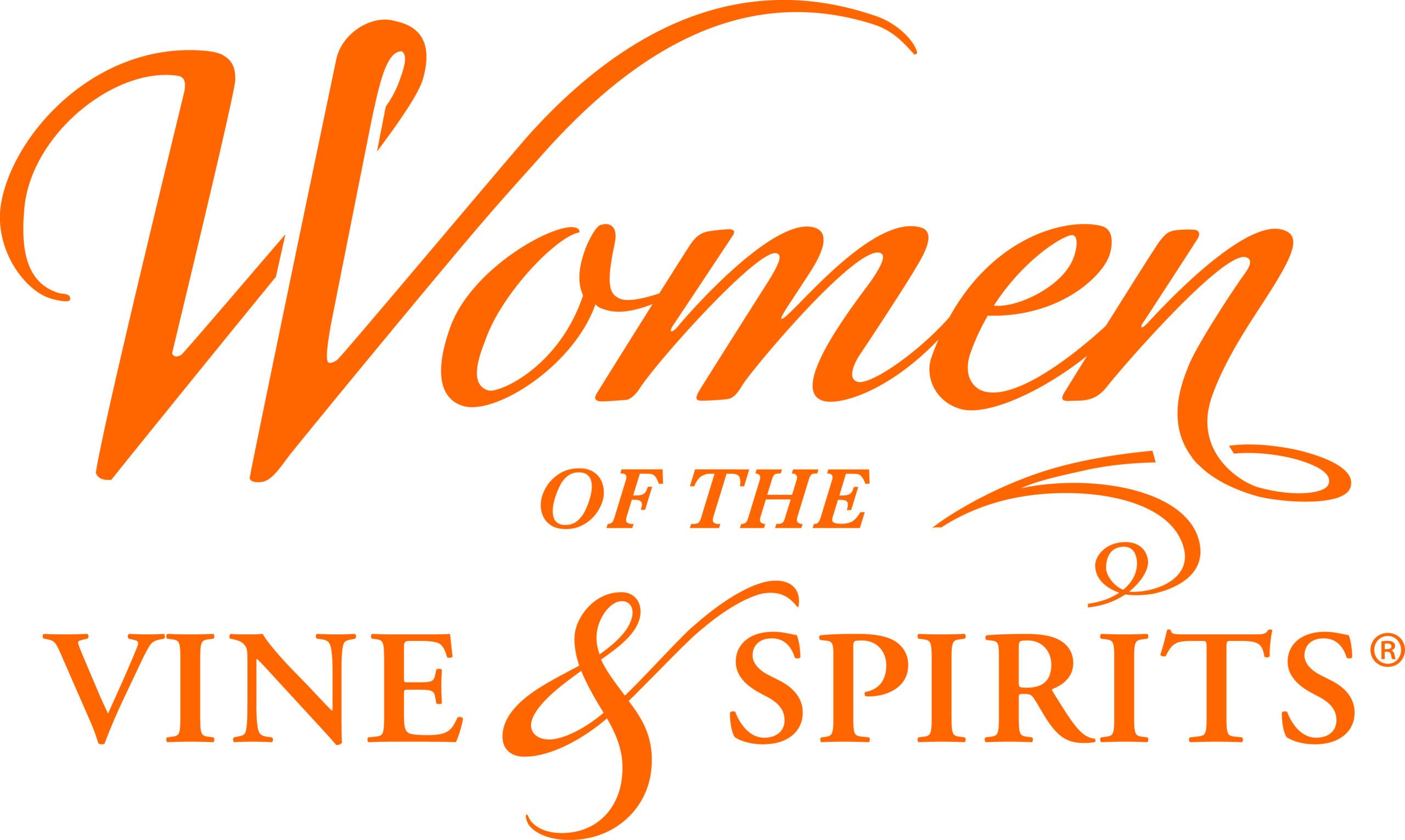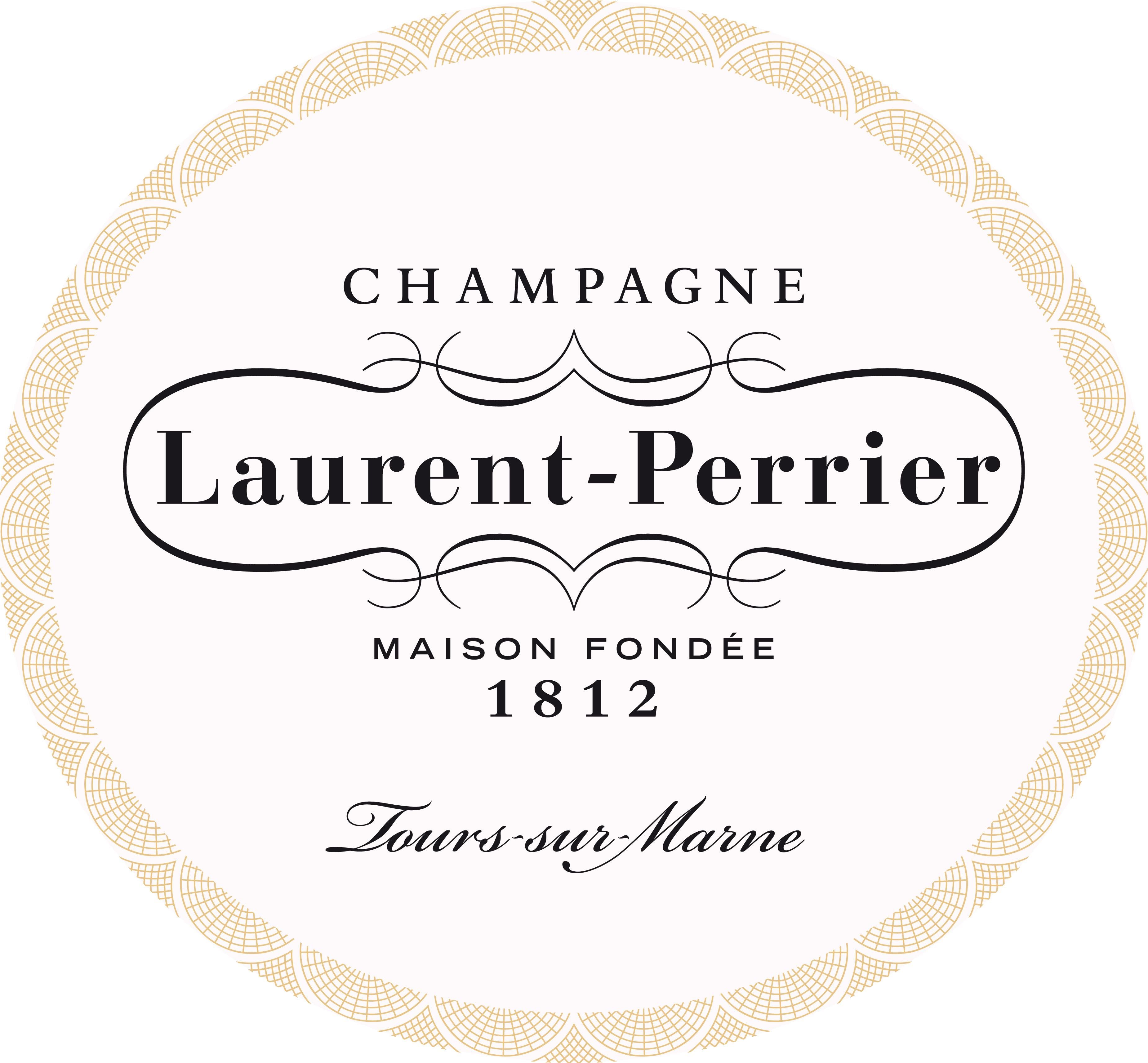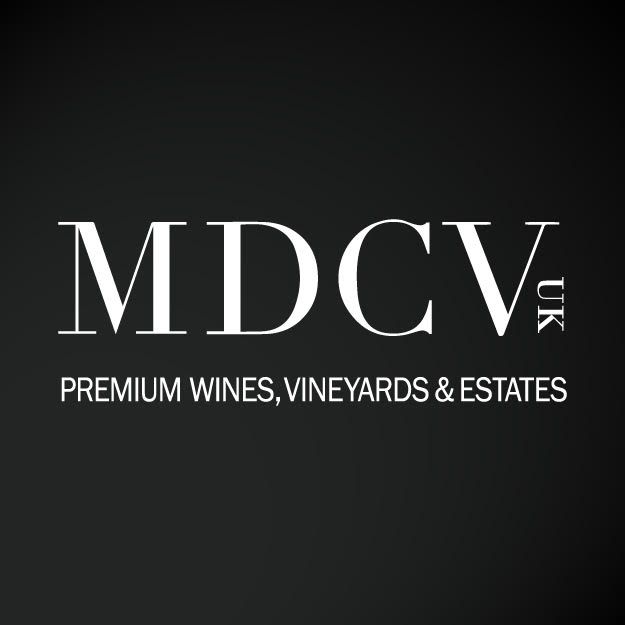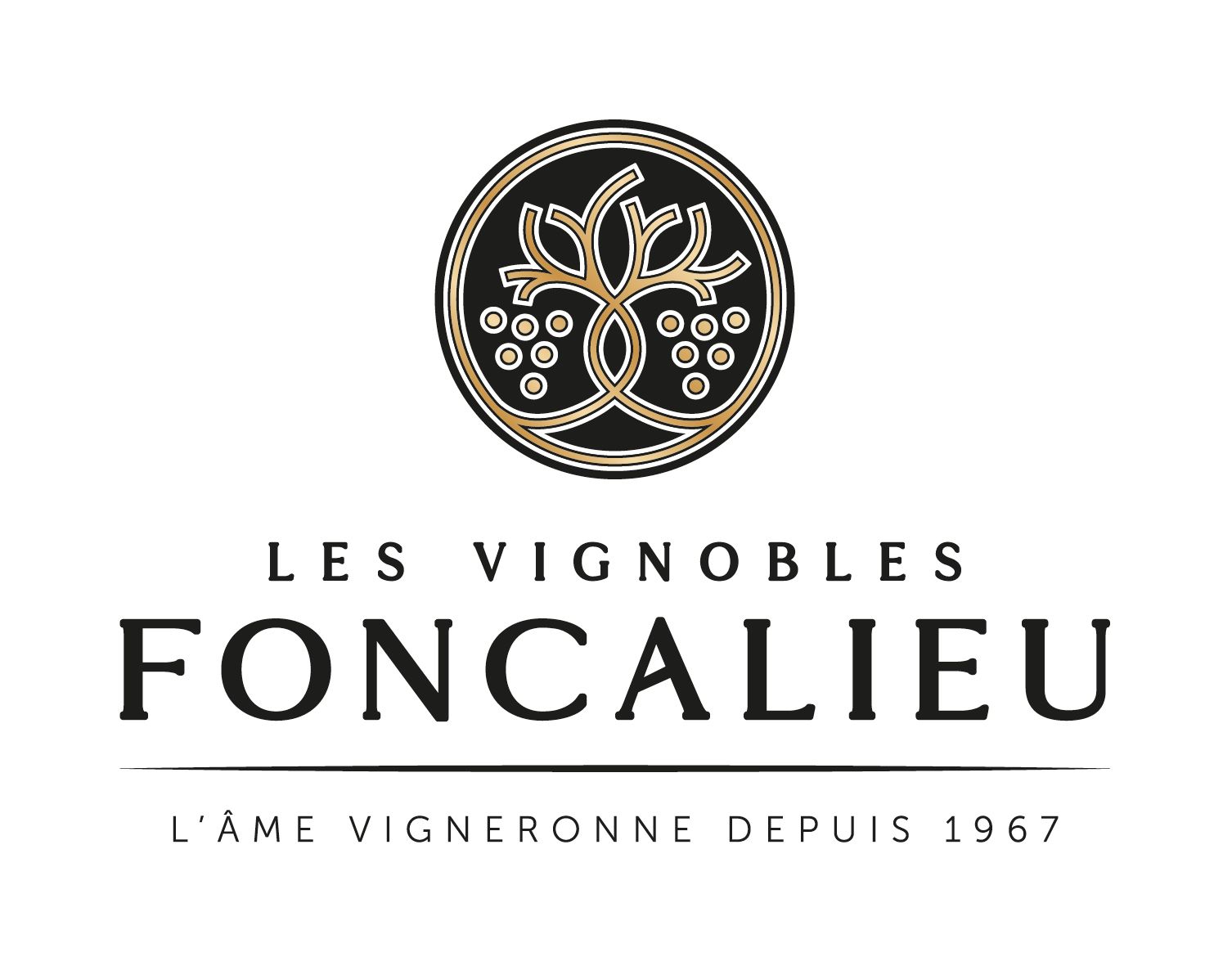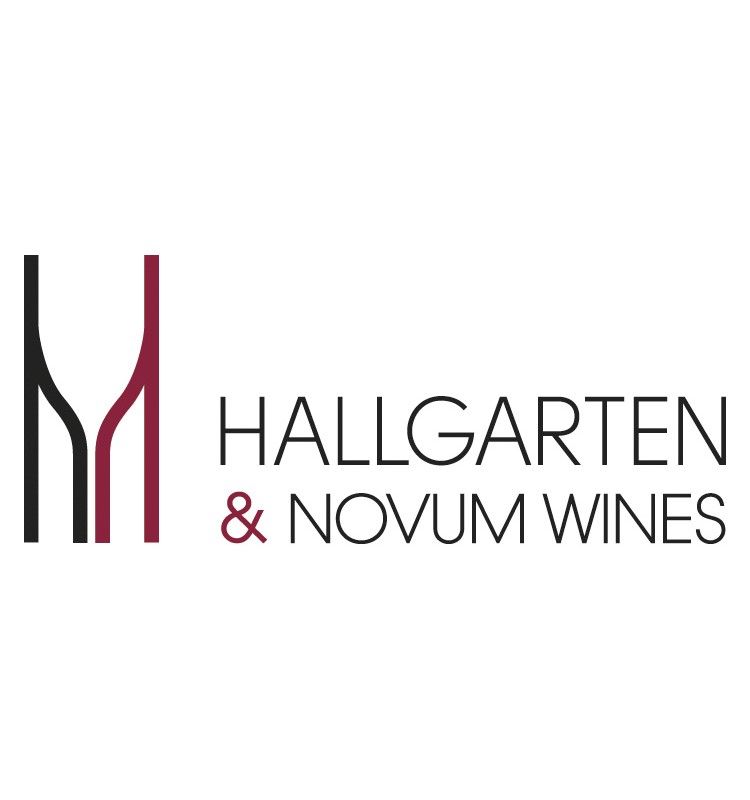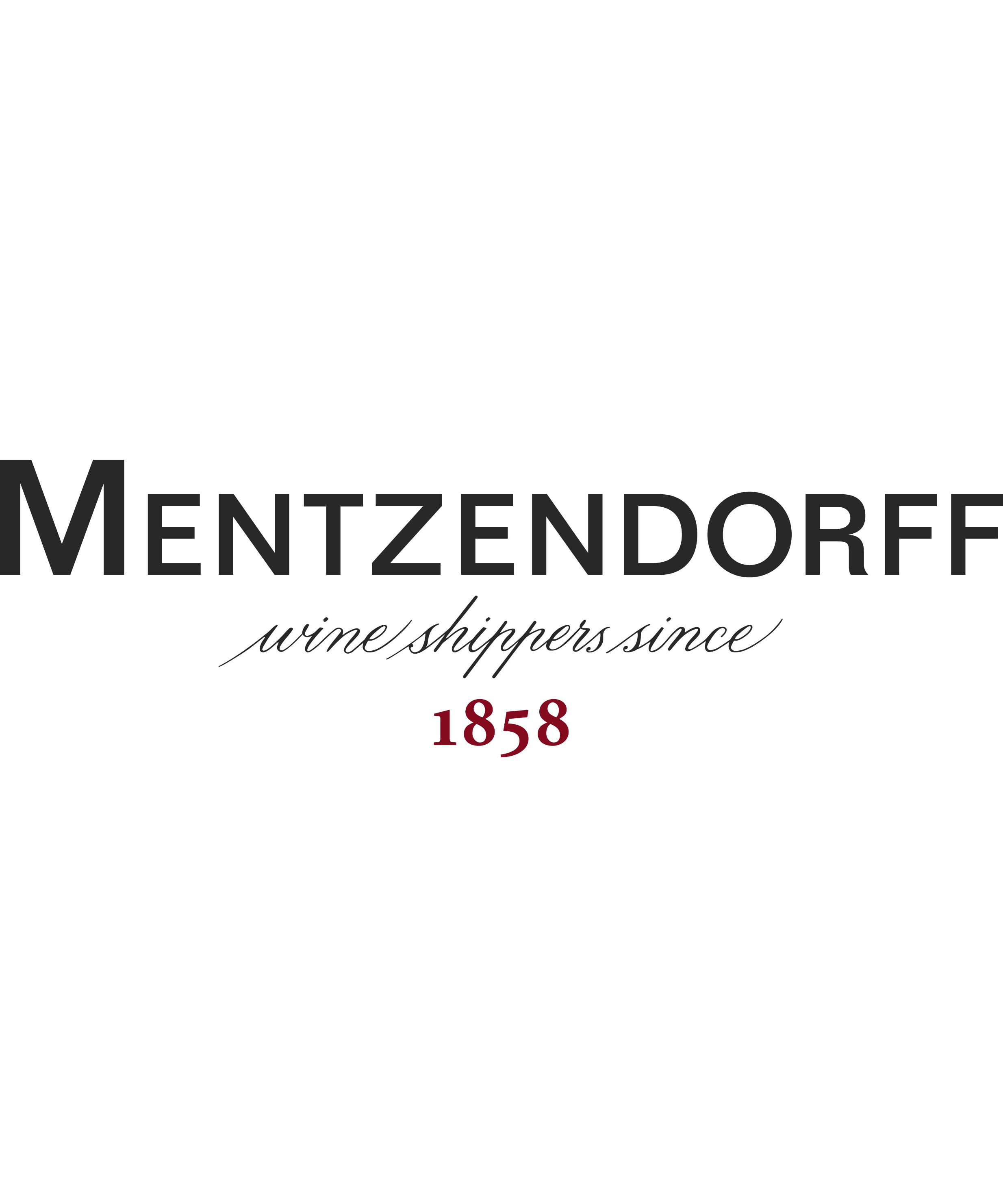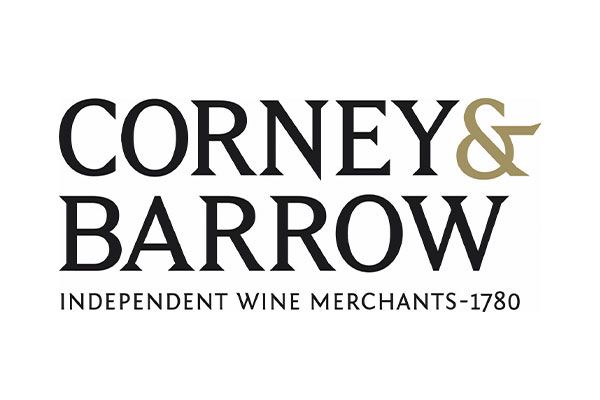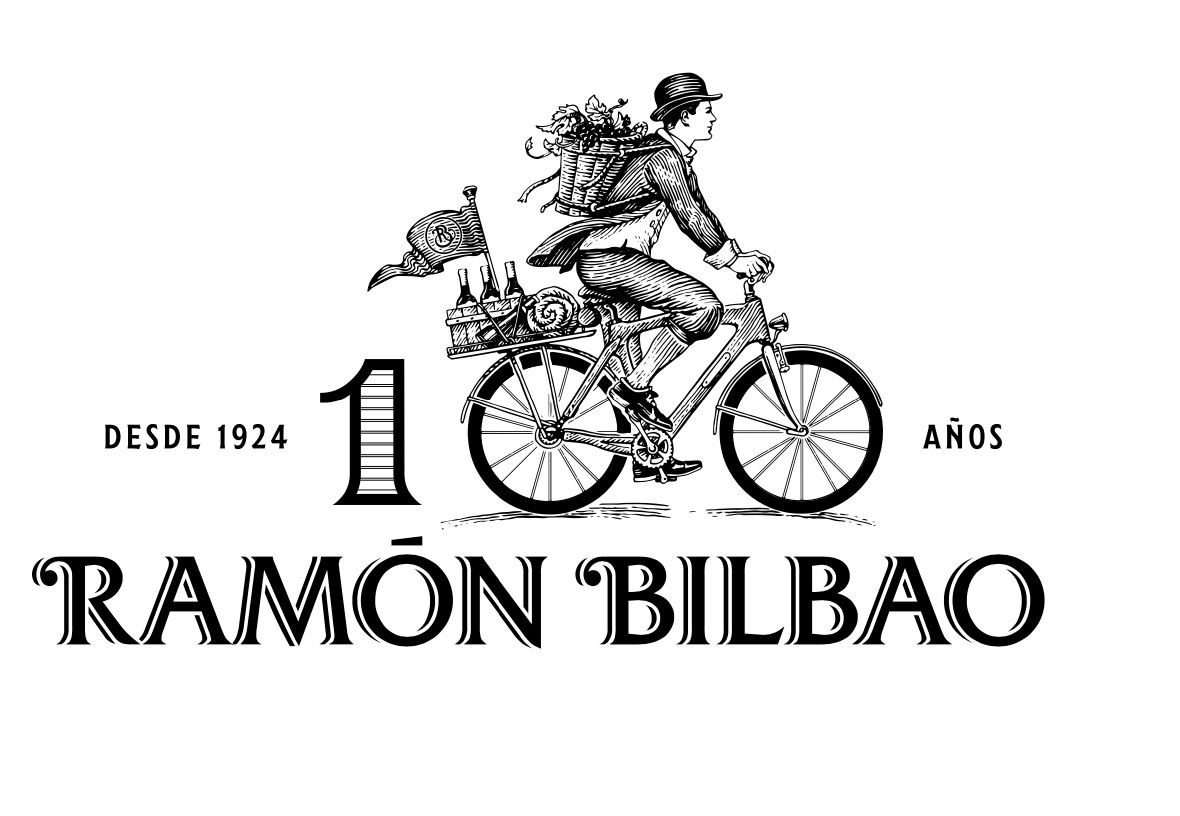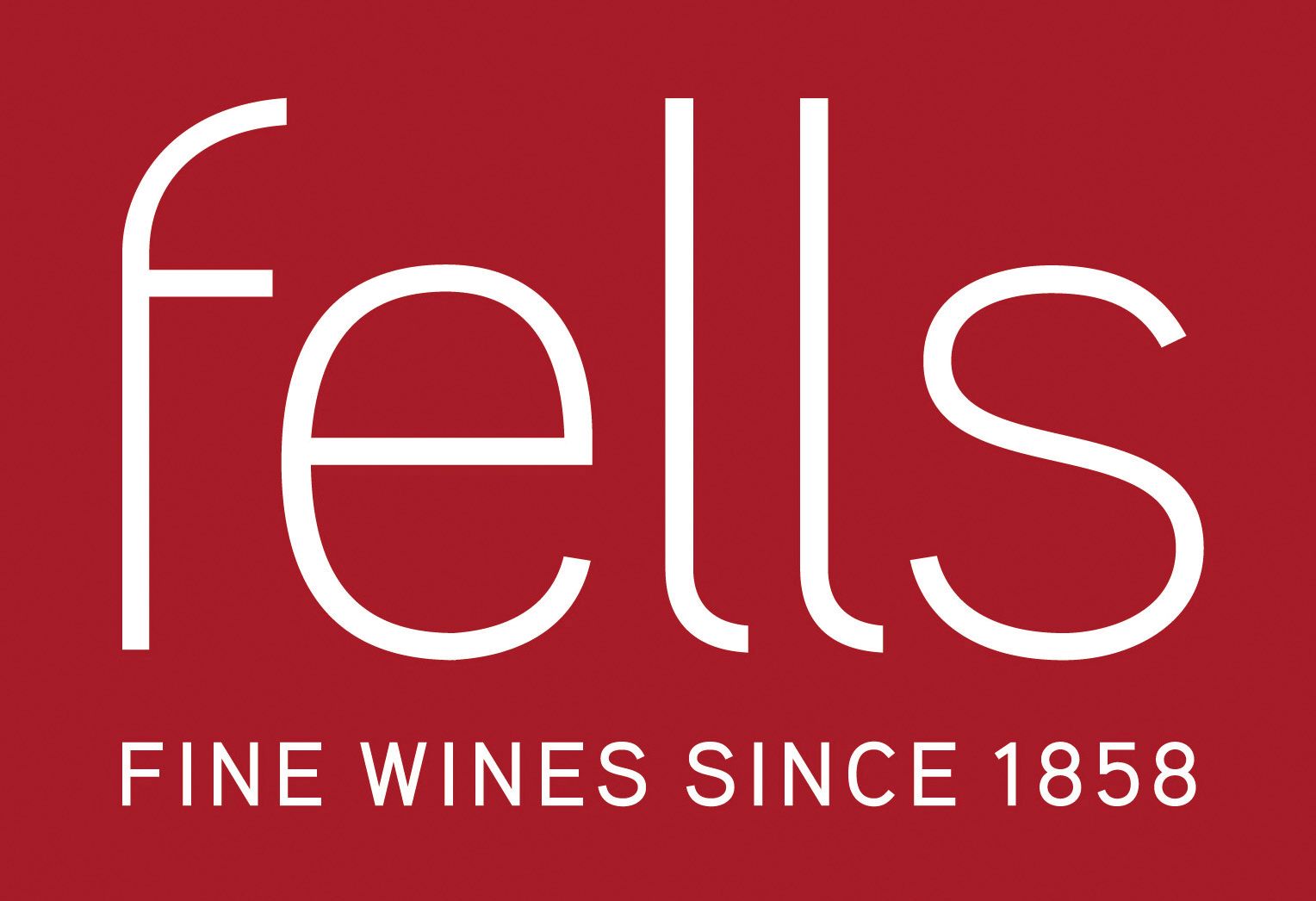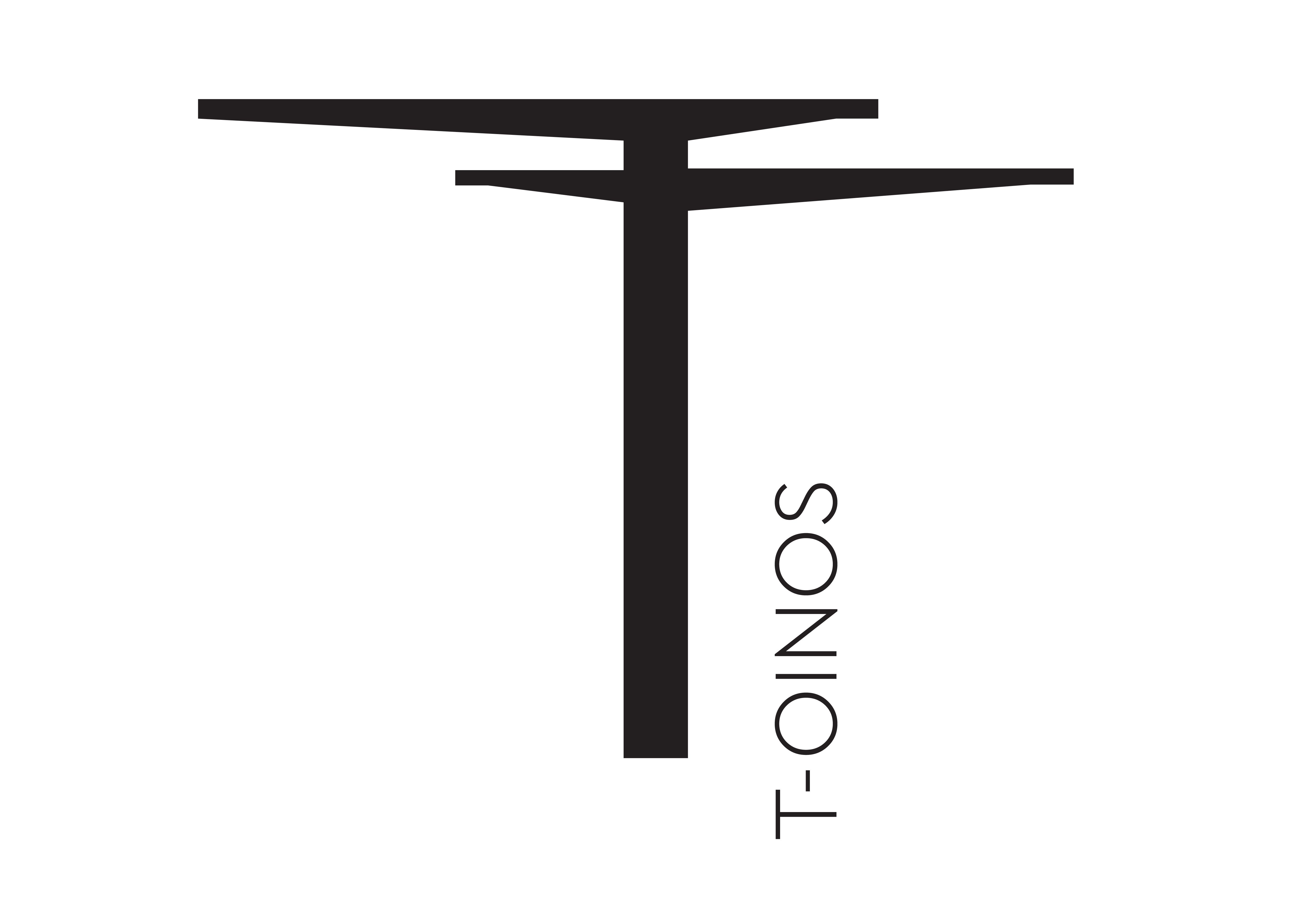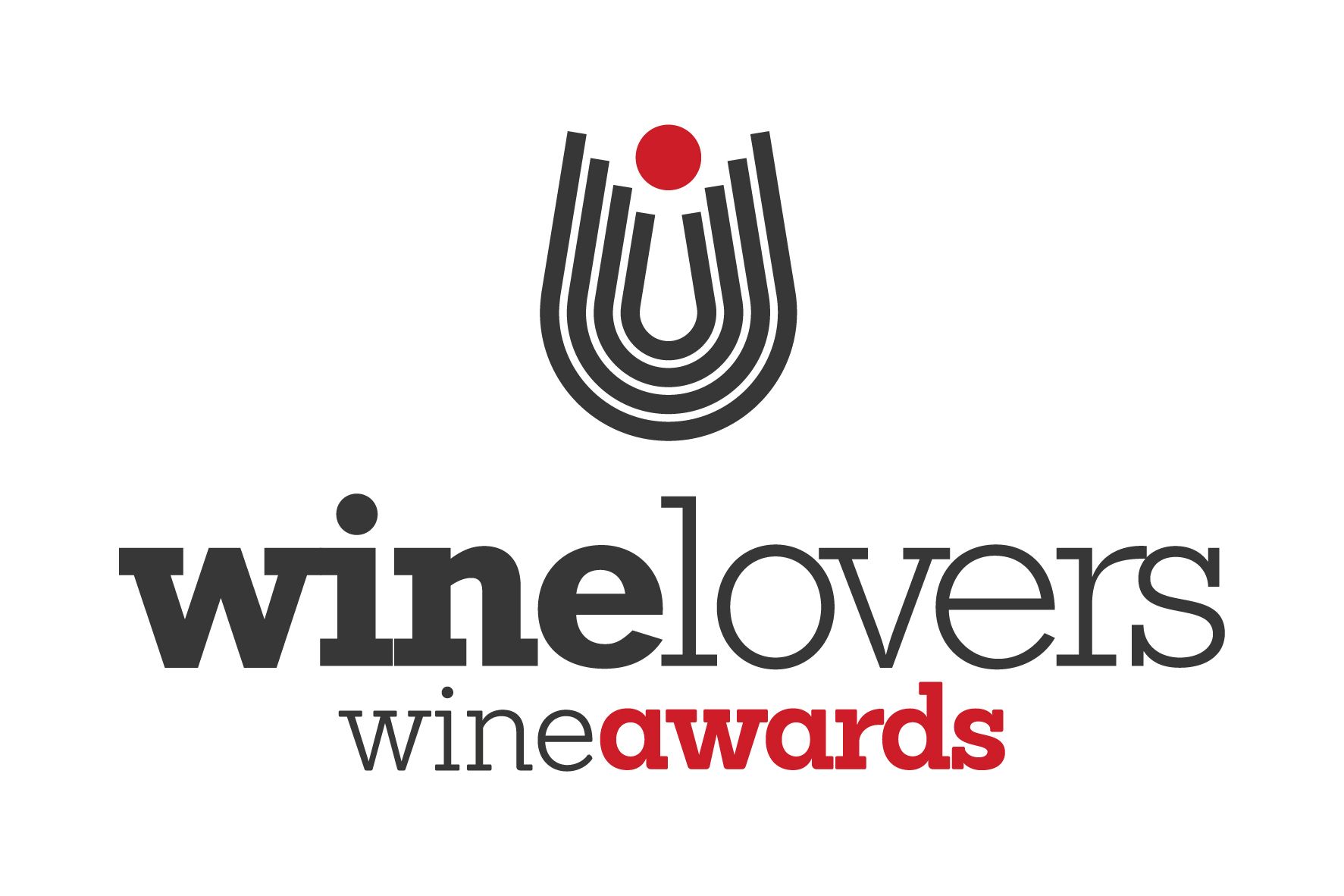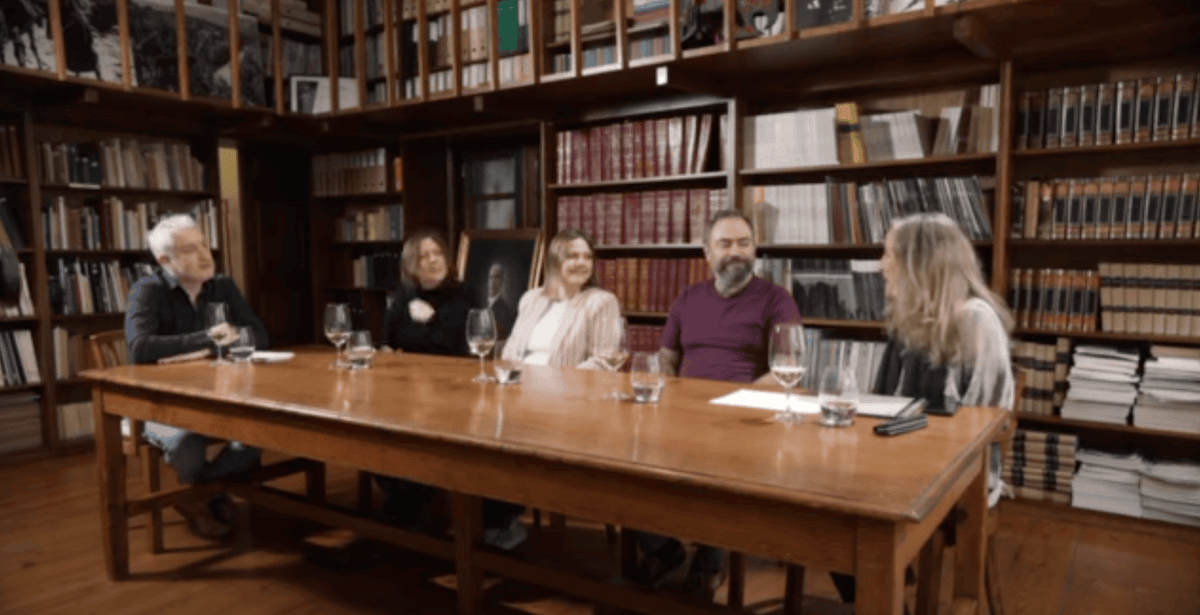Big, buttery and oaky or fresh, clean and vibrant? People’s perceptions of Californian wines differ enormously both within the trade and the wine buying public which is why we put Californian Chardonnay and Pinot Noir under the spotlight for our latest The Buyer debate, in partnership with Jackson Family Wines.

Julia Jackson explained the family’s wine philosophy to leave it to their winemakers to make their best wines around the world
It’s human nature to want to go and discover something new. Be it in a new restaurant, the latest style of food, or music, the next big social media site, or box set on Netflix. But for all our exploring and searching for the next big thing, there comes a time when you actually want to do the complete opposite.
Go back to the tried and trusted, something you know you will deliver what you want and not let you down.
We are seeing it more and more in the premium on-trade where on the one hand there is big demand amongst diners to try something unusual, unfiltered, and unknown. But there is equally a need for any wine list to ensure it also has the classics, the usual suspects if you like, that customers can fall back on knowing they are on safe ground and their money is going to be safely spent.
This was very much at the heart of our latest set piece trade debate, organised alongside Jackson Family Wines, and the chance to shine the spotlight on two of our most classic, prestigious, and global grape varieties: Chardonnay; and Pinot Noir.
Two varieties that are the beating hearts of some of the most famous and well known wines ever made, and are the foundations on which Burgundy, arguably one of the most influential of all global wine regions is based.
Two varieties that are also very important to Jackson Family Wines, who as well as being one of the most important Californian wine producers, has developed an international portfolio of wineries around the world.
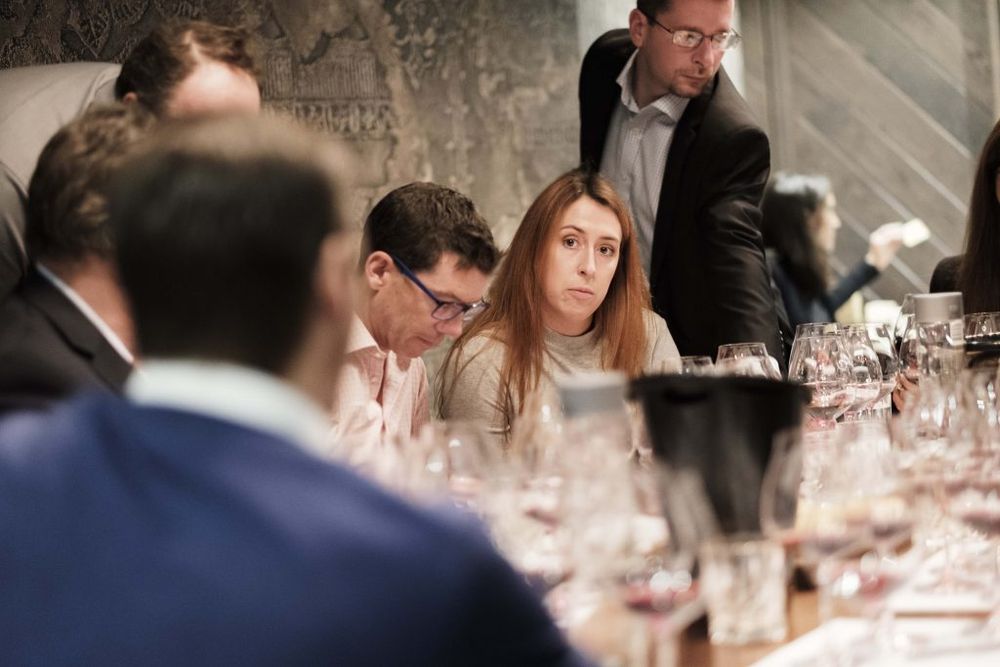
Lowri Jones said California has long been at the heart of Hotel Terravina’s wine list
Put to the test
This was an opportunity to assess the opinions of leading buyers, sommeliers and distributors and how they are seeing trends direct from the restaurant floor. How are these classic varieties doing against the new breed of alternative wines that are taking ever larger shares of wine lists? If customers are interested in Chardonnay and Pinot Noir which styles of each do they prefer? Northern or southern hemisphere? Oak-driven, fresh or mineral? Classic or new wave?
Our panel
To help us assess these questions were a wide ranging panel including:
- John Graves, on-trade channel director for the Bibendum Group
- Lowri Jones, sommelier at Terravina Hotel
- Ignacio Campos, wine manager at Hawksmoor Borough
- Jon Kleeman, head sommelier and wine buyer at Three Degree
- Tom Gilbey, founder of The Vintner
- Julien Sahut, head sommelier at Sexy Fish and co-founder of the Wine Picker app
- Lenart Cernelic, wine store manager at M Restaurant.

Graves said Bibendum liked working with big family producers as it resulted in sourcing consistently quality wines
Helping us steer the panellists through a selection of Jackson Family Wines’ Chardonnay and Pinot Noirs was Julia Jackson, middle daughter of Barbara Banke and the late Jess Jackson and Dimitri Mesnard MS, brand ambassador for the family in the UK.
The debate was also an opportunity for the buyers to assess what it is like working with a large international family wine producer. Graves said it was something they particularly encouraged at Bibendum: “There is a fine balance between a corporate wine range and a family one. A family can bring an influence to the wines in so many ways and you really do notice when you lose that personal touch, that willingness to go the extra step,” he added.
Kleeman agreed: “The more experienced you are, you see the value that comes in working with family producers, provided they are making quality wine.” Before adding: “It can be an easy position to take to be against a big family producer, but you have to also appreciate that they also have access to vineyards with the most exceptional soils.”

Kleeman said the more experienced you become as a sommelier the more respectful you are of big family producers
Looking at Chardonnay
The debate not only looked at the wines put forward by Jackson Family Wines but at how California is performing in context with other countries. Gilbey at The Vintner said he sees a clear difference between those that are familiar with Californian Chardonnay and those that like Chardonnay in general. For the Californian enthusiasts there is still a lot of love out there for the rich, buttery styles and also an awareness of the more elegant, fresher styles as well.
Lenart Cernelic agreed it was hard to pin down customers to a certain style of Chardonnay. It is definitely one of the more personal and subjective choices that consumers have. “You have to be open minded and have different wines to suggest to them,” he said.
“It’s important to have a broader range,” said Sahut. “From lighter to oakier, to more full bodied. Customers can also then see that it can be a lot cheaper to go for a New World style. Where there is potentially more value for money.”
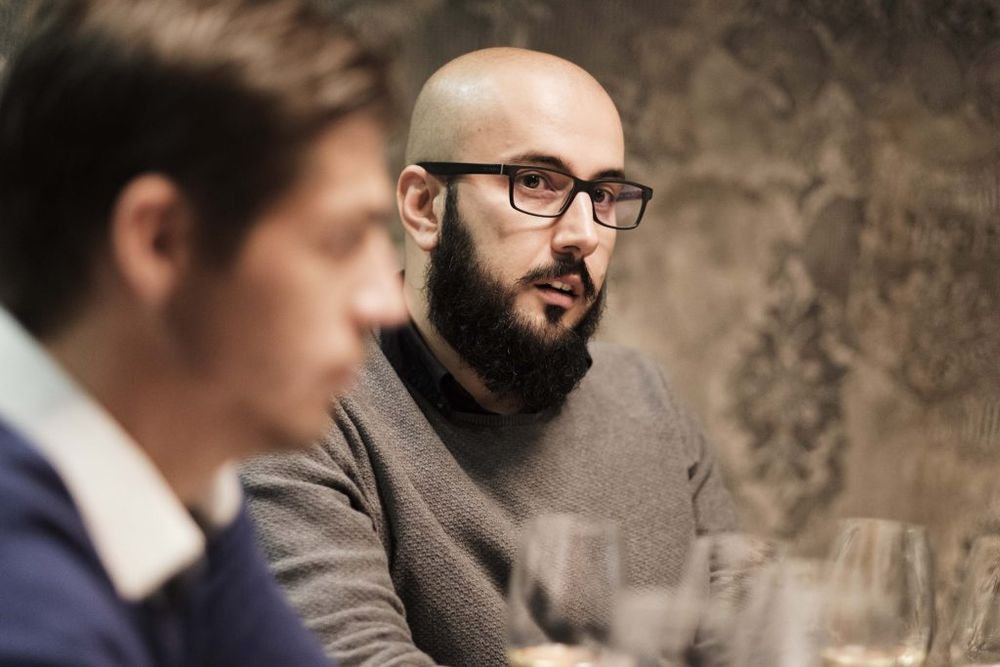
Campos said customers are prepared to look wider afield for quality Chardonnay and Pinot Noir
Pinot Noir opportunity
Gilbey said Pinot Noir was a hard wine to buy for. “It is what consumer want. Without doubt. Time and again they return to Pinot Noir, so it is one of our most important categories, but so hard get the right wine,” he explained.
The buyers and sommeliers agreed there was a big opportunity also for Oregon Pinot Noir. “It’s the big stand out trend for Pinot Noir,” said Kleeman. “Every sommelier I know wants to put Oregon on their list. They have a very Burgundian style.”
Sahut added: “California and Oregon Pinot Noir are more attractive because of the price points. People will always spend two to three times more on a red wine rather than a white. That’s very much the case at Sexy Fish. It is always going to be a lot easier to sell a £100 bottle of Oregon Pinot Noir to someone who would normally want a Burgundy red rather than having to sell a Chardonnay for £100 than a Burgundy white.”
As for the debate itself Jones at Terravina said: “It was an amazing opportunity to see points of views from all areas of the wine trade. It’s good for myself as a sommelier to hear the views of wine buyers, restaurateurs, merchants and other sommelier on all these topics as it becomes quite easy to rely on ones personal preference or opinions.”
